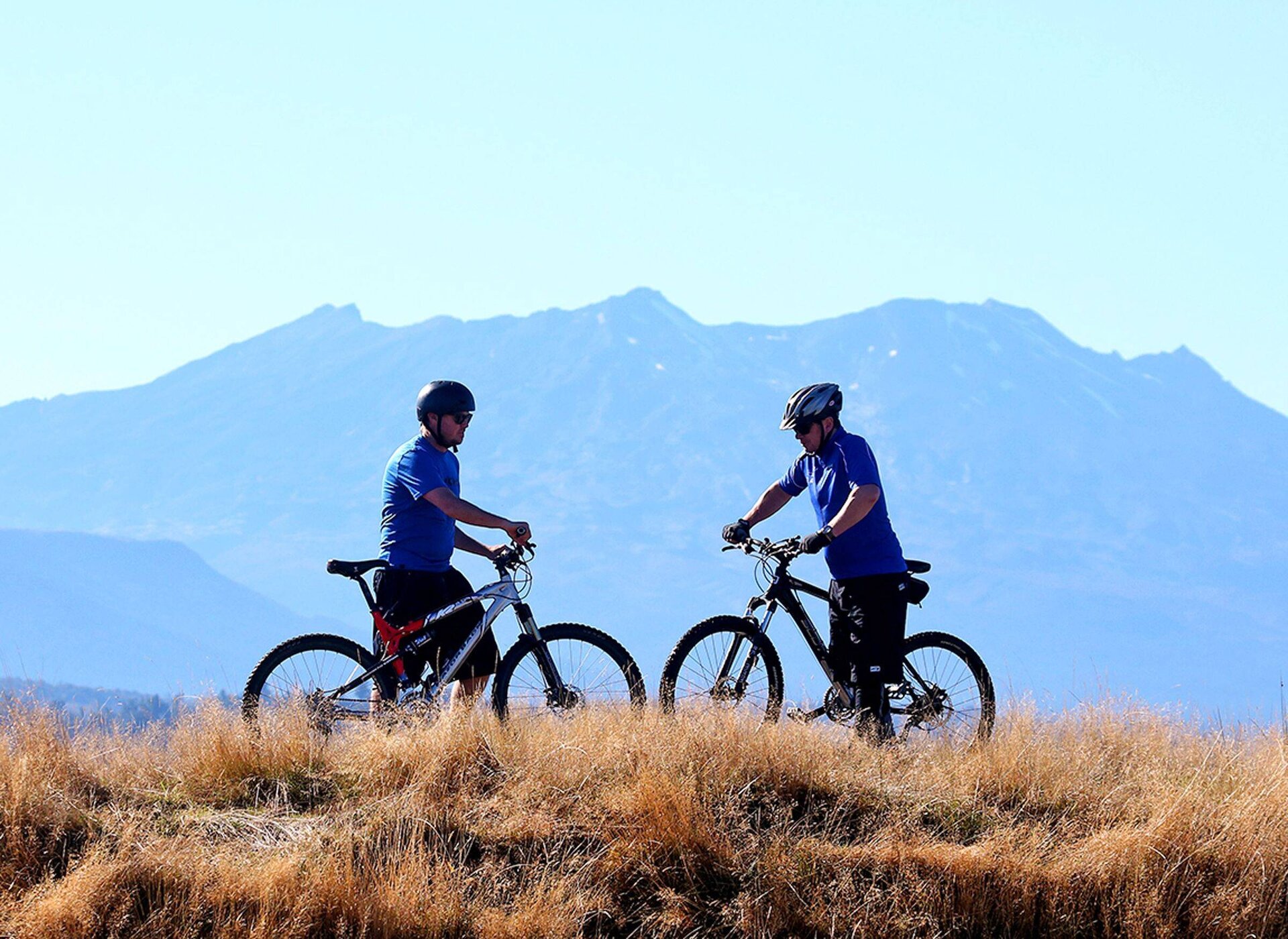Staying Safe
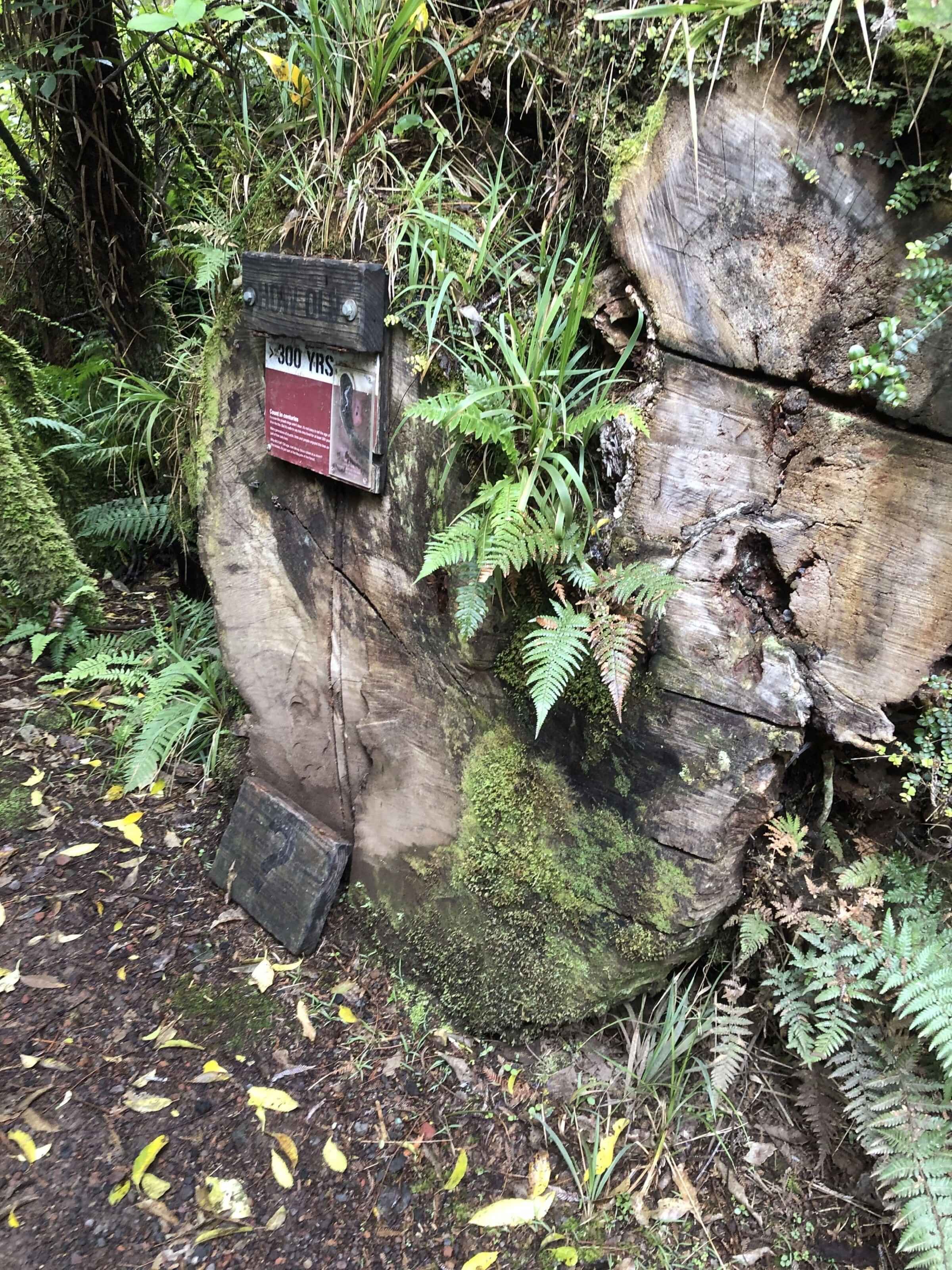
Staying Safe
Follow these simple guidelines to help ensure safe, happy riding on the Mountains to Sea Cycle Trail. The Ngā Ara Tūhono trails include both off-road and on-road sections, each presenting different safety considerations. Below is some general information to help keep you safe. You may also wish to read our Biking Etiquette section.
- Know your limits – While it’s okay to challenge yourself, be sure you’ve chosen a ride that’s appropriate for your physical ability and fitness.
- Allow plenty of time – Your ride won't be enjoyable if you have to rush or bike after dark.
- Take care of other riders in your group – Not everyone may be as fit or able as you, and nobody likes to be left behind!
- Check the weather forecast & current track conditions – If in doubt about either, consider changing your ride to another day. Try factoring an extra day or two into your trip so you can change your riding schedule.
- Check for latest trail alerts – Any major alerts are notified here on this website and on the trail Facebook page.
- Tell someone where you’re going – Whether a family member or friend, accommodation provider or bike hire operator. Let them know what track you’re riding and when you plan to be back.
- Take a map – Although most sections of the Mountains to Sea (and other Great Rides) are well signposted, a map will eliminate any second-guessing and help time your ride for shuttle pick-ups etc. It will also help you identify landmarks, adding even more interest to your ride. The Great Rides App is another good option for offline information
- Look out for hazards – Watch and listen for approaching riders, vehicles, pedestrians, potholes, animals and other hazards that may give you the wobbles.
- Be prepared – Research your ride so know what’s ahead of you, and read What to bring to ensure you’re properly equipped for your adventure.
Safety in the Outdoors
Every trip into the backcountry has an inherent degree of risk, which can be easily reduced through careful planning and good decision-making.
The New Zealand Cycle Trail Inc. and the NZ Mountain Safety Council have developed a guide to help you plan for your trip into New Zealand’s outdoors. Download and read the Backcountry Mountain Biking guide; it has all you need to 'know before you go' – from trip planning and what to take, to the skills you need on the track and how to keep properly fuelled.
While you’re at it, you may want to hear what the Mountain Safety Council has to say about personal locator beacons (PLBs), too. PLBs can be hired from the i-SITE visitor centres in Ohakune, Waiouru, Taumarunui and Whakapapa.
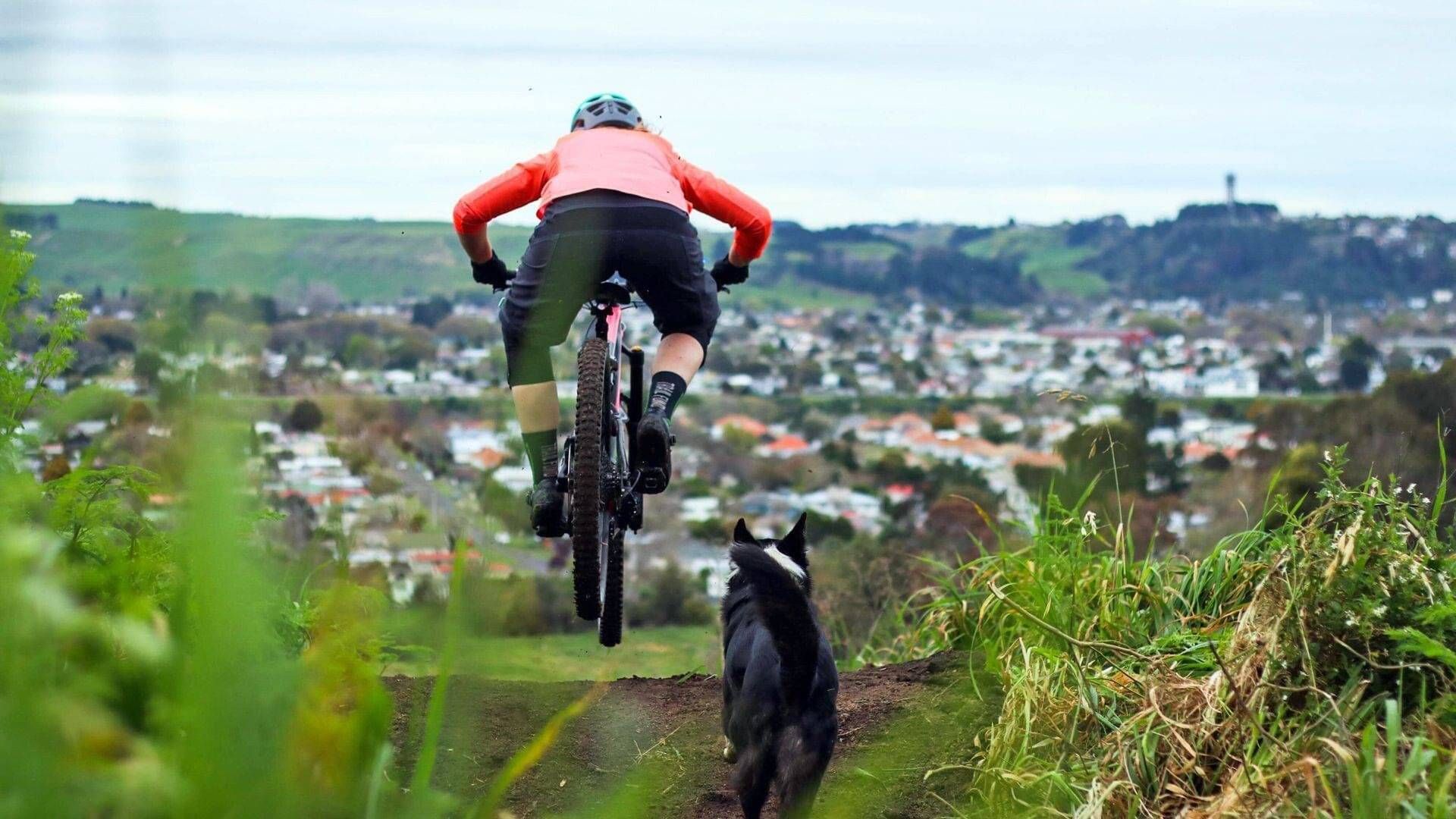
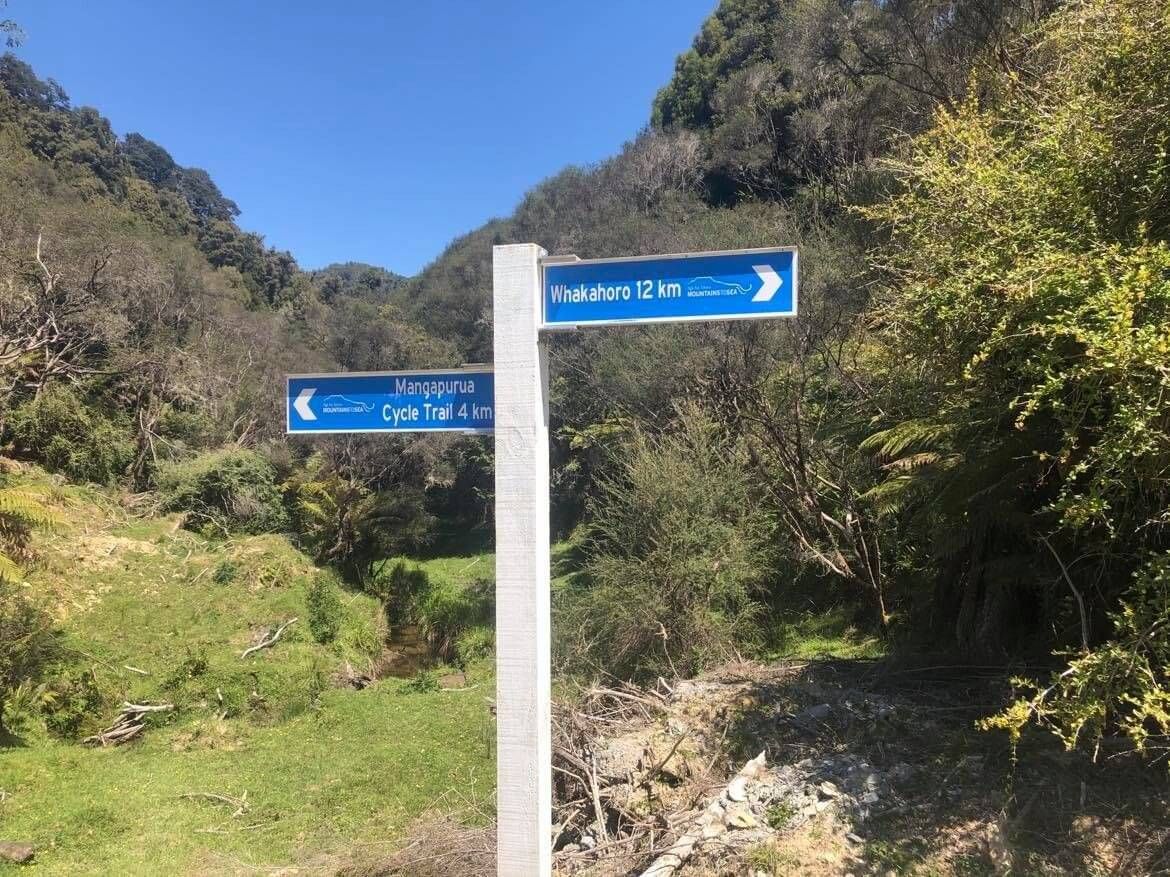
Safety on the Road
Here are some simple tips to help keep you stay safe when you’re out on the road:
- Be Seen – Wear high visibility or brightly coloured clothing. Use front and rear lights at night, in low light and in poor visibility such as fog or rain.
- Be Aware – Watch and listen for approaching vehicles, pedestrians, potholes, animals, car doors opening and other potential hazards.
- Be Predictable – Make eye contact with other road users. Maintain a straight line, keep to the left and signal your intentions clearly and early.
- Be Confident – Know how to safely approach railway crossings, roundabouts and intersections etc. Use hand signals to indicate your intentions and a bell to alert other road users to your presence.
- Be Safe – Ride to the conditions and follow the road rules. Cycle no more than two abreast and ride single file where visibility is an issue or traffic is busy. Keep at least one metre away from parked cars and use cycle lanes where they exist.
- Be Patient – Slow down near parked or queuing vehicles. Pass slowly and only when safe. On narrow windy roads, pull over where practical to allow vehicles to pass.
- Be Prepared – Wear an approved helmet and check your bike regularly. Plan your route and carry sufficient water and food, along with basic tools for any repairs.
If you’re cycling on the road, you must know New Zealand’s road rules. The Official New Zealand Code for Cyclists, developed by the New Zealand Transport Agency, is a user-friendly guide to New Zealand’s traffic law and safe driving/cycling practices.
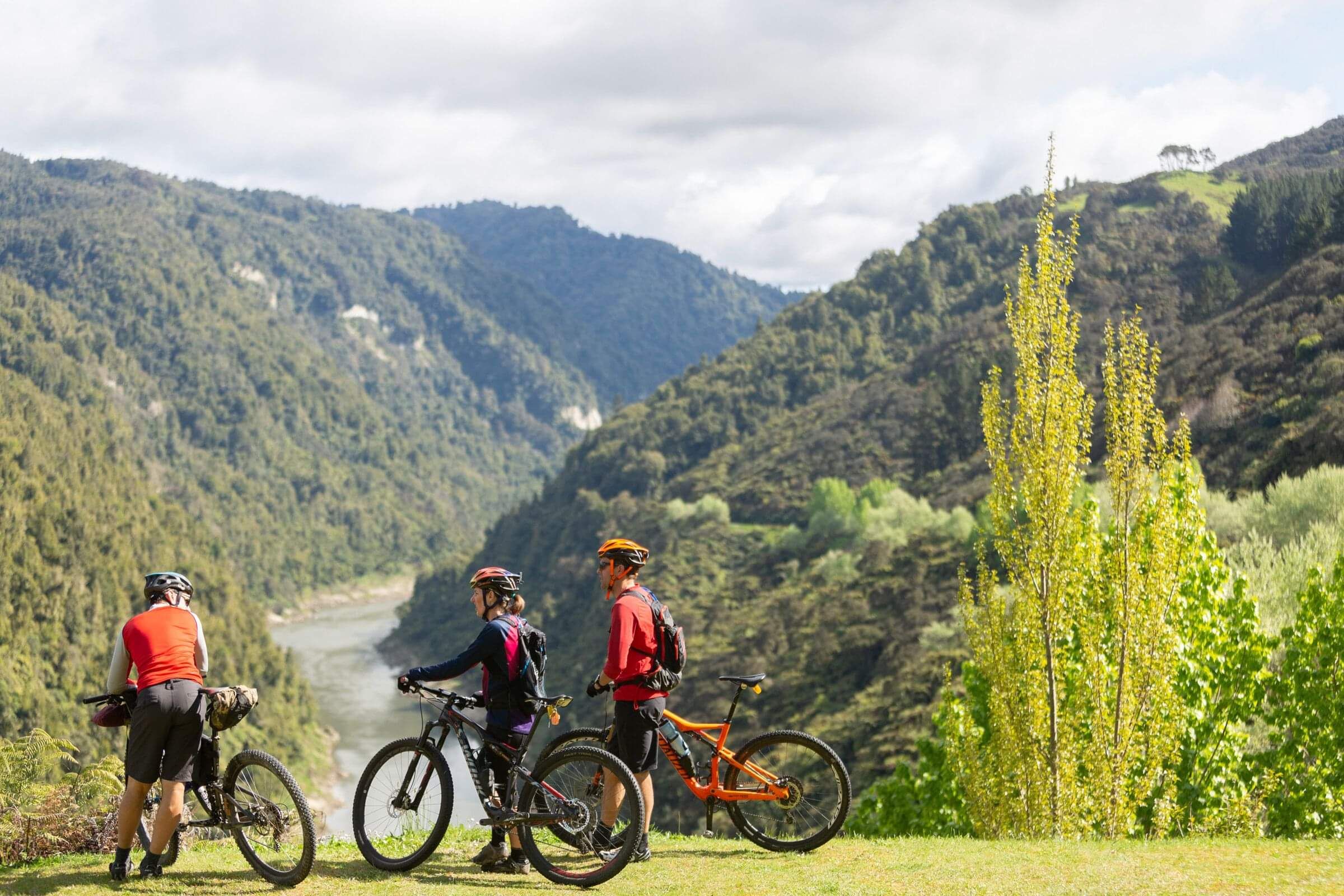
Watch the Weather
New Zealand’s climate can be highly unpredictable. The Mountains to Sea Nga Ara Tuhono and other Great Rides traverse a remarkably diverse range of landscapes – from lofty mountain ranges to rugged, exposed sections of coast. Riders should be prepared for a variety of conditions – good and bad – regardless of the time of year. Always check the forecast before you set off. Local i-SITE staff, accommodation providers, bike companies and the Department of Conservation can give you the low-down not only on the weather but also current track conditions including any wash-outs or other Trail Alerts.
